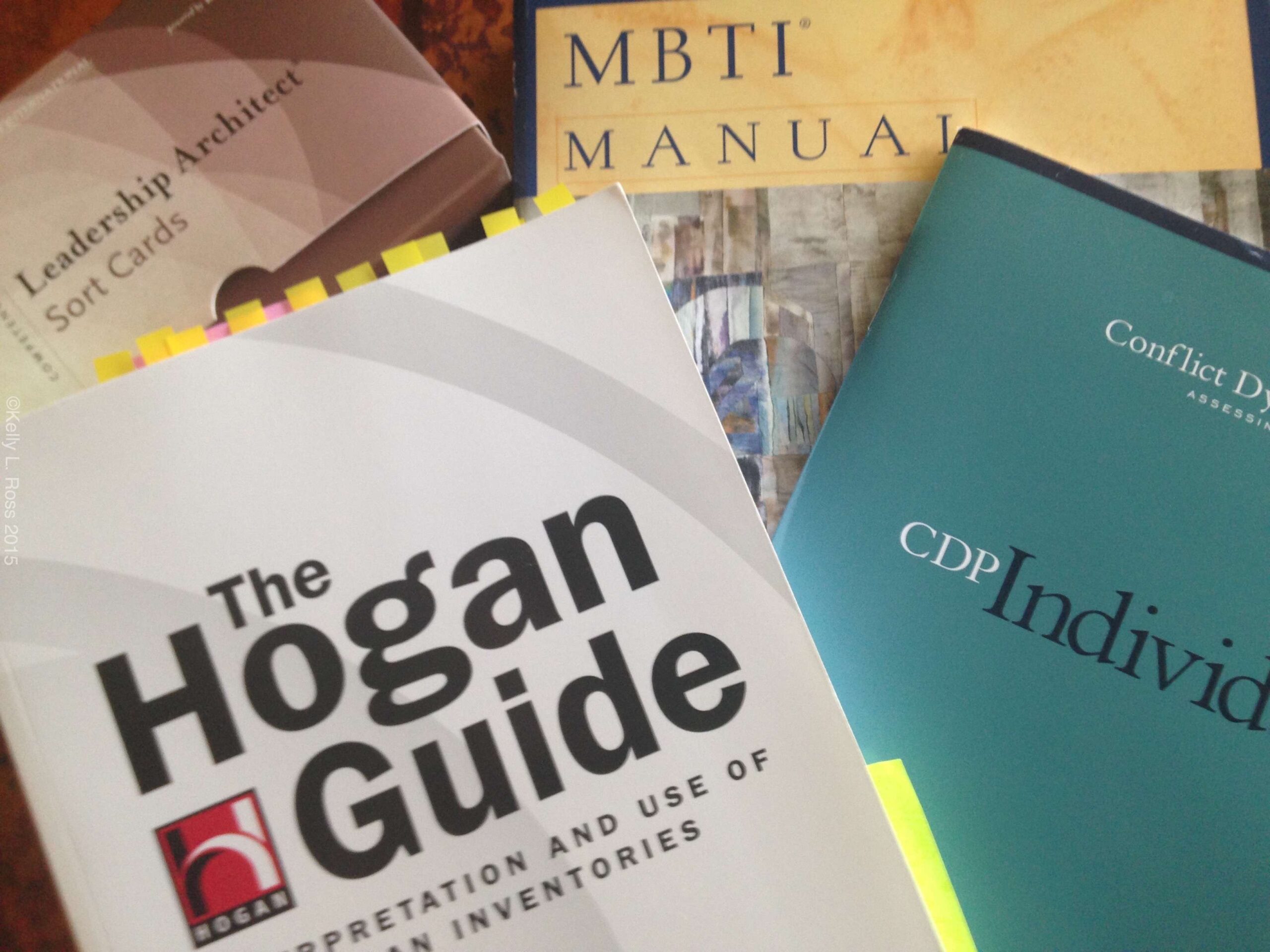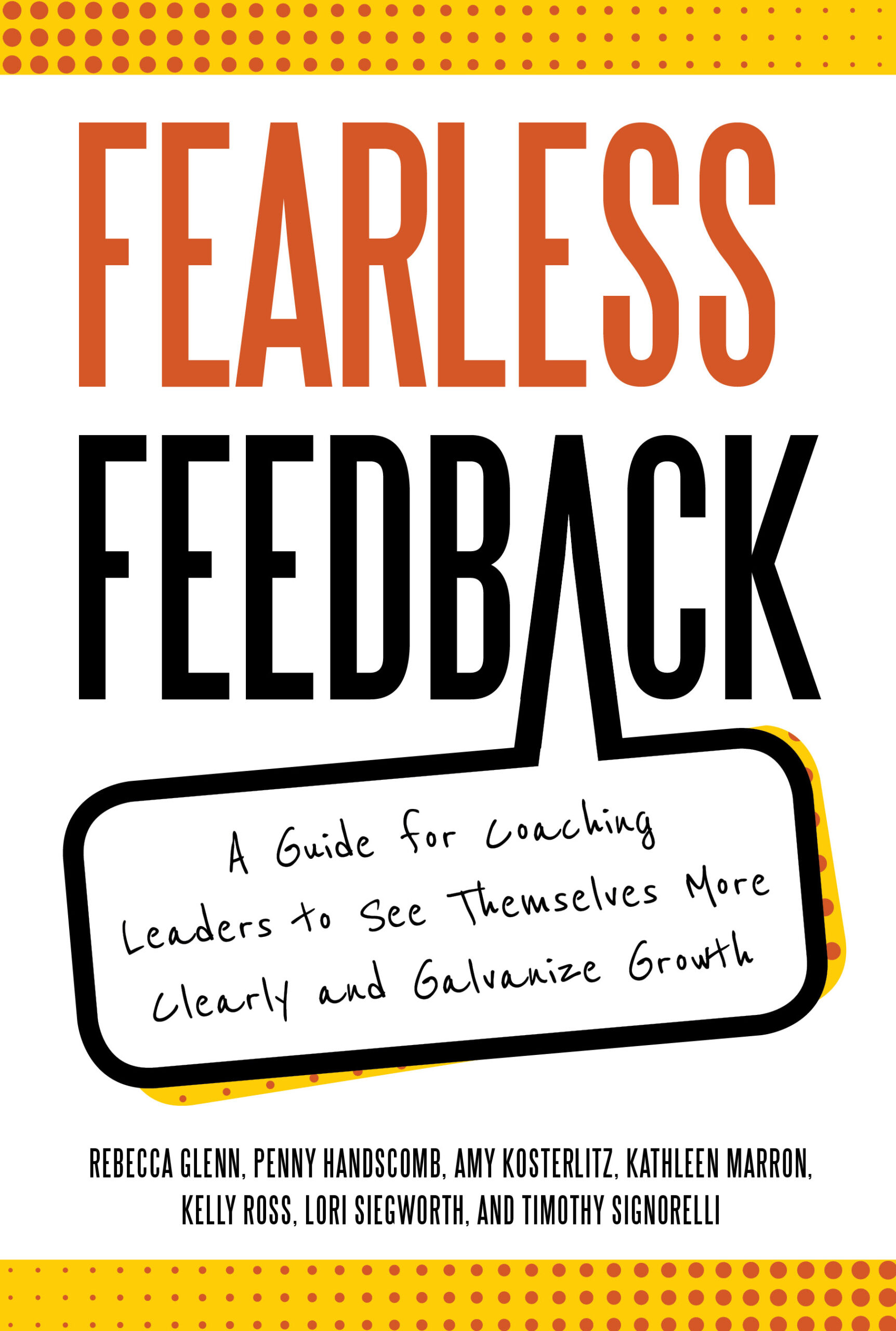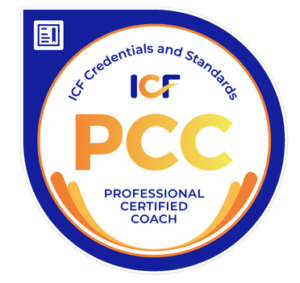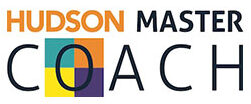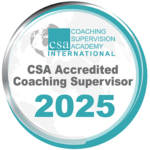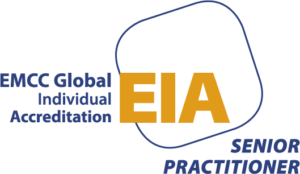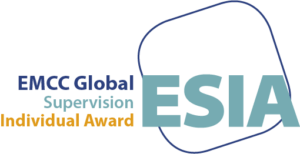21
Jun 2015
Using Assessments in Coaching
There are a range of views on whether assessments are helpful in coaching engagements and when to use them, and there are more assessments out there than can be counted. Some coaches start every engagement with one or more assessments and others avoid assessments completely. Organizations also vary in their view of assessment tools.
What’s my view? I do not think there is not a one-size-fits-all magic tool for all coaching clients. I am certified in a number of assessments as I find different tools support different clients and different objectives. The coaching topic, price point of the assessment, and the client’s view about assessment data are all factors I look at before deciding if I’ll use an assessment in a coaching engagement, and if so which one. See the table below for more information on the assessments I use most often and how I think about each one.
As a coaching client, I suggest you ask your coach questions to understand why he or she recommends the assessment and what they expect you to learn from it. As a coach, I encourage considering the coaching goals and the client’s personality before deciding if you’ll use assessments and if so, which ones.
| Assessment Tool | Focus Area(s) | Price | Especially Good For | Cautions | For More Information |
| Hogan Assessment Series(Values,Potential and Challenge reports)*requires certification | Three reports which I typically use in combination:
Values – What gets you out of bed in the morning and how you will “fit” with an organization. Potential – How most colleagues see you most of the time and how you will “fit” with a specific job. Challenge – The things that serve you well and make you who you are most of the time but when under stress or bored will cause you to “derail.” |
$150 per report or $400 if using all three reports | Leaders that are thinking about how they want to show up or someone looking to make a career change and wanting to align their next role with their personality. | There is a lot of data between these reports and for those clients less inclined to dig into data, this is probably not the right assessment. | Hogan Assessments |
| Conflict Dynamics Profile*requires certification | Self Version – Shows your constructive and destructive responses to conflict and your “hot buttons” situations that are likely to upset you and potentially cause conflict.
360 Version – Is both the self version and your raters’ responses about you in the same areas. |
$33 – Self Version$195 – 360 Version | A short and simple assessment with tangible behaviors to build an action or coaching plan around. | These metrics in this assessment are compared with the overall population of folks who have completed this assessment which may not be meaningful to all clients. | Eckerd College |
| Creatrix*requires certification | Creatrix measures your innovation as willingness to take risks and creativity and provides tangible next steps for increasing each. Creatrix has three individual report options: Lite, Classic and Plus, which vary in how much detail they provide.
There is also a team version |
$25-50 | Tangible ideas for increasing innovative behaviors for clients that are struggling to define innovation or act on feedback to be more innovative. | This tool is more future focused (what can you do to be more innovative) versus a deep dive look at what you are doing now. | Creatrix |
| Myers-Briggs Type Indicator (MBTI)*requires certification |
Preference indicator measuring where you get your energy (E-I), how you take in and process information (S-N), how you make decisions (T-F) and how much structure you like (J-P).
Step I explains your 4-letter Type. Step II explains your 4-letter Type and the 20 underlying facets.In my experience, MBTI is most effective when first used to understand your own preferences and then applied to communications, managing stress or change, or leading others. |
Step I (4 letter Type) – $15.95-20.95Step II (4 letter Type and 20 Facets) – $27.95-42.95 | Useful for understanding your strengths and for teams to quickly become effective collaborators. Among the most widely used and commonly known assessments. | Given MBTI’s brand recognition it is also widely misunderstood and even used by un-certified practitioners. | CPP |
| 360s PDI Profilor, Lominger/Korn Ferry VOICES, and customized tools; some require certification |
Assessments completed by both the leader and those he or she works with, above and below him or her in the organization. These assessments are helpful to measure impact, create action plans, and measure progress. I sometimes use simple 360s I’ve created, some organizations use very detailed customized 360s and there are “off the shelf” versions as well, one that I like is the PDI Profilor.We could have an entire blog post just on 360s and I include them here, as they are a form of assessment commonly used. | Various | 360s are ideal for helping someone see how their perceptions align (or not) with those they work with. I think 360s are most effective when the leader is in a developmental mindset. | Beware of using 360s around the time of performance reviews or compensation decisions, or when someone urgently needs to make a significant change if they are to keep their role/job. | PDIKorn Ferry |
